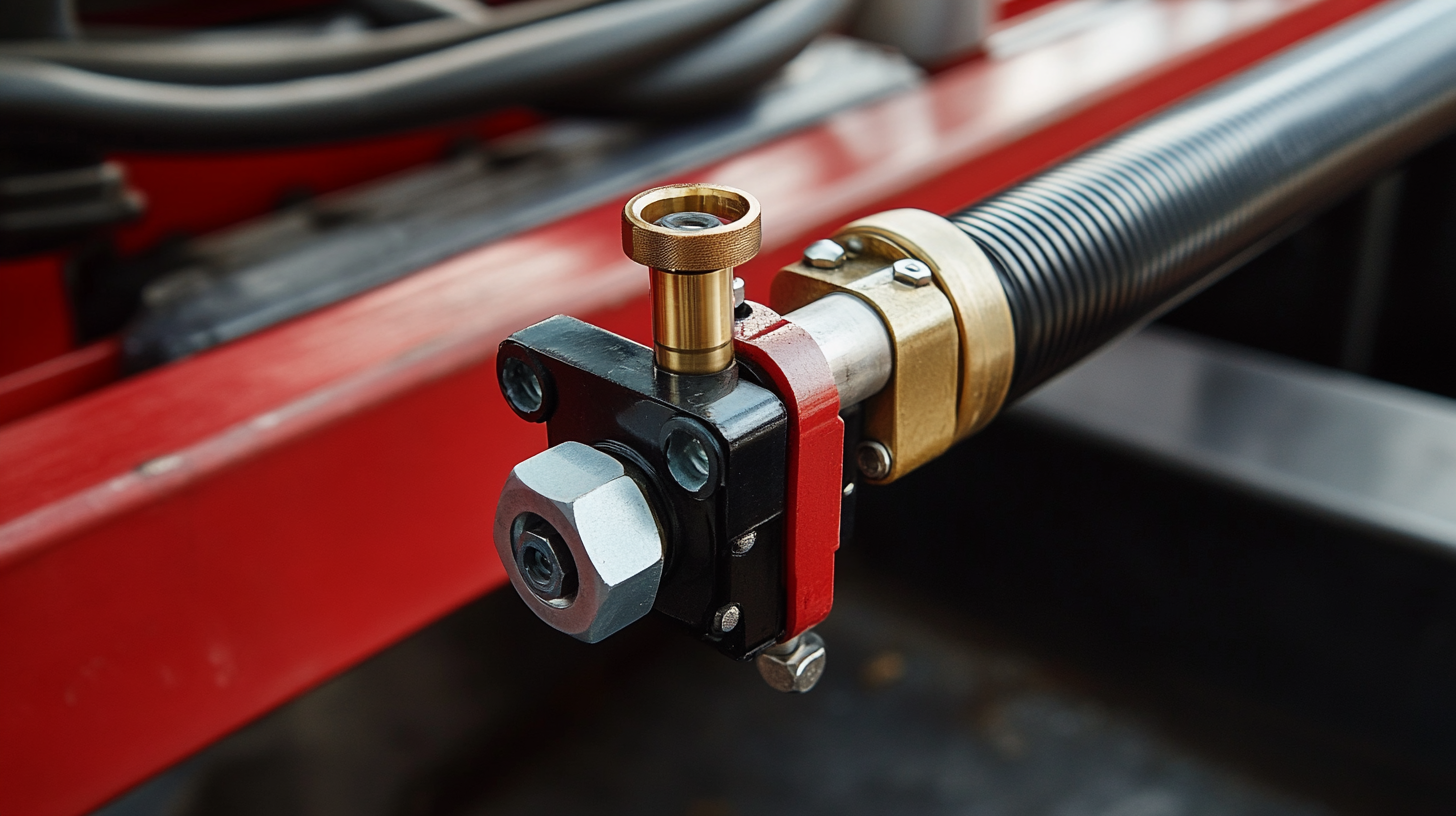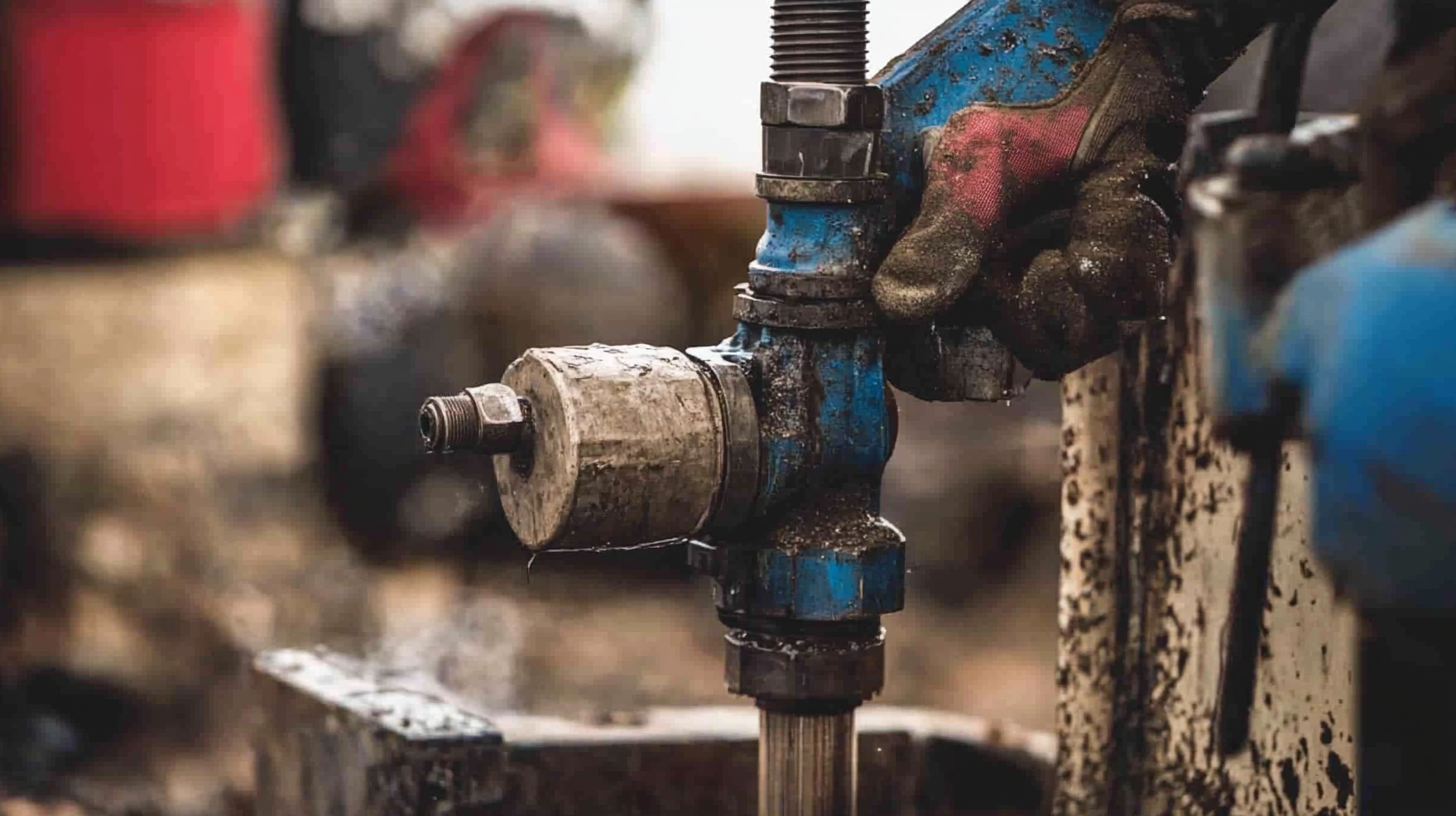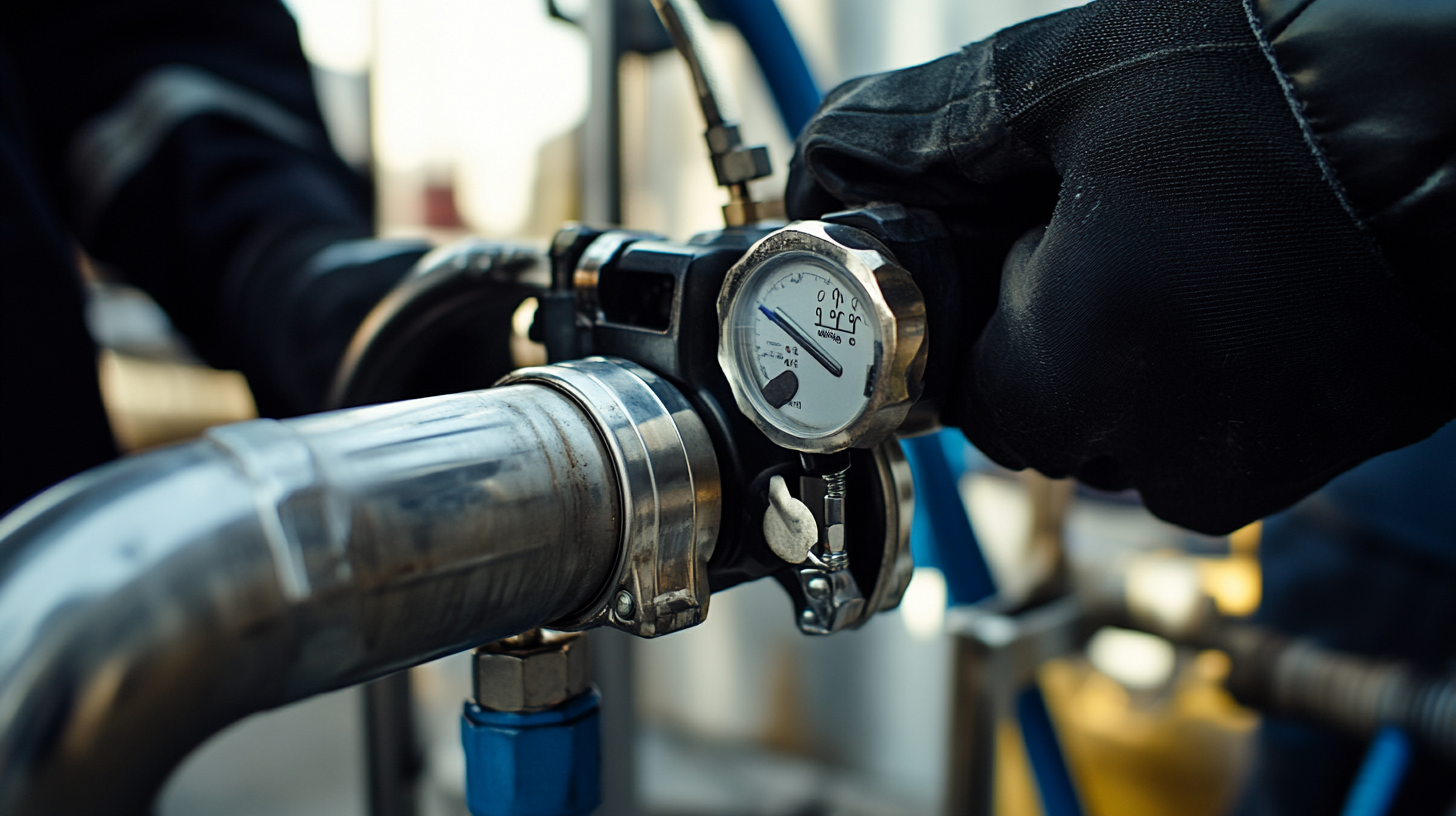Empowering Engineering Excellence: Innovate, Elevate, Deliver.
In the ever-evolving landscape of machinery and tools, the choice of equipment can significantly impact operational efficiency and safety. Among these tools, the Hydraulic Hand Pump stands out as a versatile solution for various applications, from construction to automotive repair. According to recent market analysis by Fortune Business Insights, the global hydraulic pump market is projected to reach $49.7 billion by 2026, driven by increasing automation and industrialization. This demand underscores the importance of selecting the right hydraulic hand pump tailored to specific needs, as improper selection can lead to inefficiencies and safety hazards.
Understanding the intricacies of hydraulic systems and the role of hydraulic hand pumps is crucial for professionals in the field. These pumps are essential in transferring fluid power and are known for their ability to generate high pressure in compact spaces. The Hydraulic Institute reports that nearly 40% of hydraulic failures can be traced back to improper pump selection and installation. Therefore, this guide aims to shed light on the essential factors to consider when choosing a hydraulic hand pump. By making informed decisions, users can enhance performance, reduce downtime, and ensure safety in their operations.

When selecting a hydraulic hand pump, it is crucial to consider several key factors to ensure optimal performance for your specific application. First, evaluate the pump's pressure rating. Different tasks require different levels of pressure; for instance, lighter applications might work well with lower pressure systems, while heavy-duty jobs may necessitate pumps that can handle much higher pressures. Knowing your application’s requirements will guide you in choosing a pump that can bridge the gap between efficiency and capability. Another important aspect is the pump's fluid compatibility. Depending on the working environment, the hydraulic fluid used may need to resist certain chemicals or high temperatures. Ensure that the materials used in the pump construction—such as seals and housing—are compatible with the hydraulic fluid to prolong the lifespan of the equipment and avoid costly repairs. Additionally, portability and ease of use should be considered. If the pump needs to be transported frequently, opt for a lightweight model that features ergonomic handles for comfortable operation. Lastly, take into account the pump's maintenance needs. Some hydraulic hand pumps require minimal maintenance due to their design and materials, while others might demand regular checks and servicing. Assessing the total cost of ownership, including maintenance time and potential repairs, will provide a clearer picture of the pump’s value. By carefully weighing these factors, you can select a hydraulic hand pump that will meet your needs effectively and achieve reliable results for your applications.

When selecting a hydraulic hand pump, understanding the different types available and their respective advantages and disadvantages is crucial. Hydraulic hand pumps primarily come in two main types: single-acting and double-acting pumps. Single-acting pumps exert pressure during one stroke and return on the next, which allows for a simpler design and often a lighter weight. However, they typically require more manual effort to achieve the desired pressure and may not be suitable for continuous operation.
On the other hand, double-acting pumps operate in both strokes, delivering hydraulic fluid on both the extension and retraction phases. This results in higher efficiency and reduced manual effort, making them ideal for critical lifting applications. According to data from the Fluid Power Manufacturers Association, the market for hydraulic pumps is projected to grow by 4.5% annually, driven by the increasing demand for efficient and high-performance hydraulic solutions across various industries, including construction and manufacturing.
When choosing between these types, consider the specific application. For instance, if portability and ease of use are priorities, a single-acting pump may suffice. However, for tasks that require higher power with less lifting effort, a double-acting pump may be a better investment, as they can deliver up to 50% more hydraulic output for the same input work. Understanding these factors is essential for optimizing efficiency and ensuring that your investment aligns with your operational needs.

When selecting the right hydraulic hand pump for your applications, understanding flow rates and pressure specifications is crucial for optimal performance. Flow rate, measured in liters per minute or gallons per minute, indicates how much fluid the pump can move. A pump with a higher flow rate may seem preferable, but it’s essential to match the flow rate with the specific requirements of your hydraulic system. An excessively high flow rate can lead to inefficiencies and potential damage to system components.
Pressure specifications are equally important; they dictate the maximum force the pump can exert. Each hydraulic application has its unique pressure demands, and selecting a pump that does not meet these specifications can compromise the entire operation. For instance, if your application requires high pressure but you use a pump rated for lower pressures, you risk equipment failure or inadequate performance during critical operations.
Moreover, consider the compatibility of the pump's flow rate and pressure with existing hydraulic components such as cylinders and valves. Understanding how these elements work together can help you avoid common pitfalls, such as cavitation and overheating. As you analyze your options, take the time to review manufacturer datasheets and consult with experts to ensure your choice aligns with your project’s demands and expectations. With careful consideration, you can select a hydraulic hand pump that provides the efficiency and reliability necessary for your operational success.

When selecting a hydraulic hand pump, material composition and durability are critical factors that can significantly impact the efficiency and lifespan of the equipment. Hydraulic hand pumps are typically made from various materials, including aluminum, cast iron, and steel, each offering distinct benefits. For instance, a report from the International Hydraulics Association indicates that pumps made from high-grade aluminum can display a weight reduction of up to 50% compared to steel pumps, making them ideal for portable applications without compromising on performance.
Durability is paramount, especially in demanding environments. A study published in the Journal of Hydraulic Engineering highlights that pumps constructed from corrosion-resistant materials can extend service life by 30% compared to those made from standard materials. This is particularly important in industries such as construction and marine, where exposure to harsh conditions is inevitable. Moreover, the failure rate of hydraulic pumps manufactured using subpar materials can reach up to 15% within the first year of use, underscoring the necessity for quality material selection.
Furthermore, the function of seals and O-rings is vital in ensuring the longevity of hydraulic hand pumps. High-quality seals made from nitrile or Viton are recommended for their resistance to wear and tear, as evidenced by data from the Hydraulic Institute. In summary, when investing in a hydraulic hand pump, prioritizing material composition and examining the durability features is essential for achieving a reliable and long-lasting solution tailored to meet specific operational needs.
When selecting a hydraulic hand pump, one of the most critical considerations is adherence to safety standards and compliance. Hydraulic systems are inherently powerful, and improper use or faulty equipment can lead to serious accidents. Therefore, it is essential to choose hydraulic gear that meets established safety regulations. Look for certifications from recognized organizations, such as ANSI, ISO, or CE, which indicate that the product has undergone rigorous testing and conforms to international safety norms.
In addition to certifications, it is crucial to evaluate the materials and construction of the hydraulic hand pump. Robust materials such as high-grade steel or aluminum not only enhance durability but also lower the risk of failure under pressure. Components should be designed with features that minimize the risk of leaks and ensure safe operation, including pressure relief valves and ergonomic handles to reduce strain during use. Always consult the manufacturer’s specifications and safety documentation to verify that the pump's design addresses potential hazards.
Finally, consider the operational environment where the hydraulic pump will be used. If you’re working in hazardous conditions, ensure that the pump has protective features designed for that environment, such as explosion-proof components or weather-resistant finishes. By prioritizing safety standards in your selection process, you can ensure that your hydraulic hand pump is not only effective for your needs but also reliable and safe to operate.